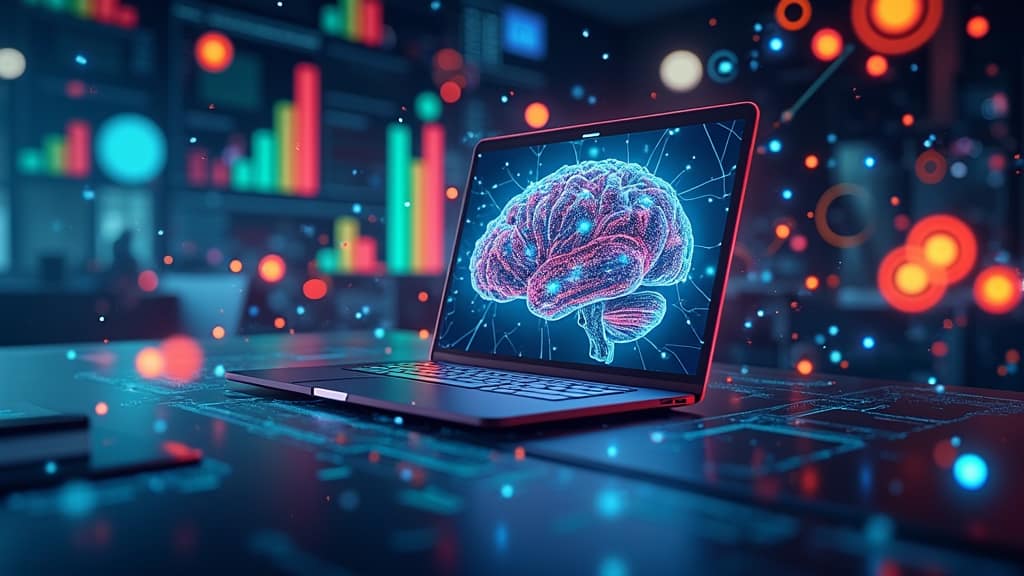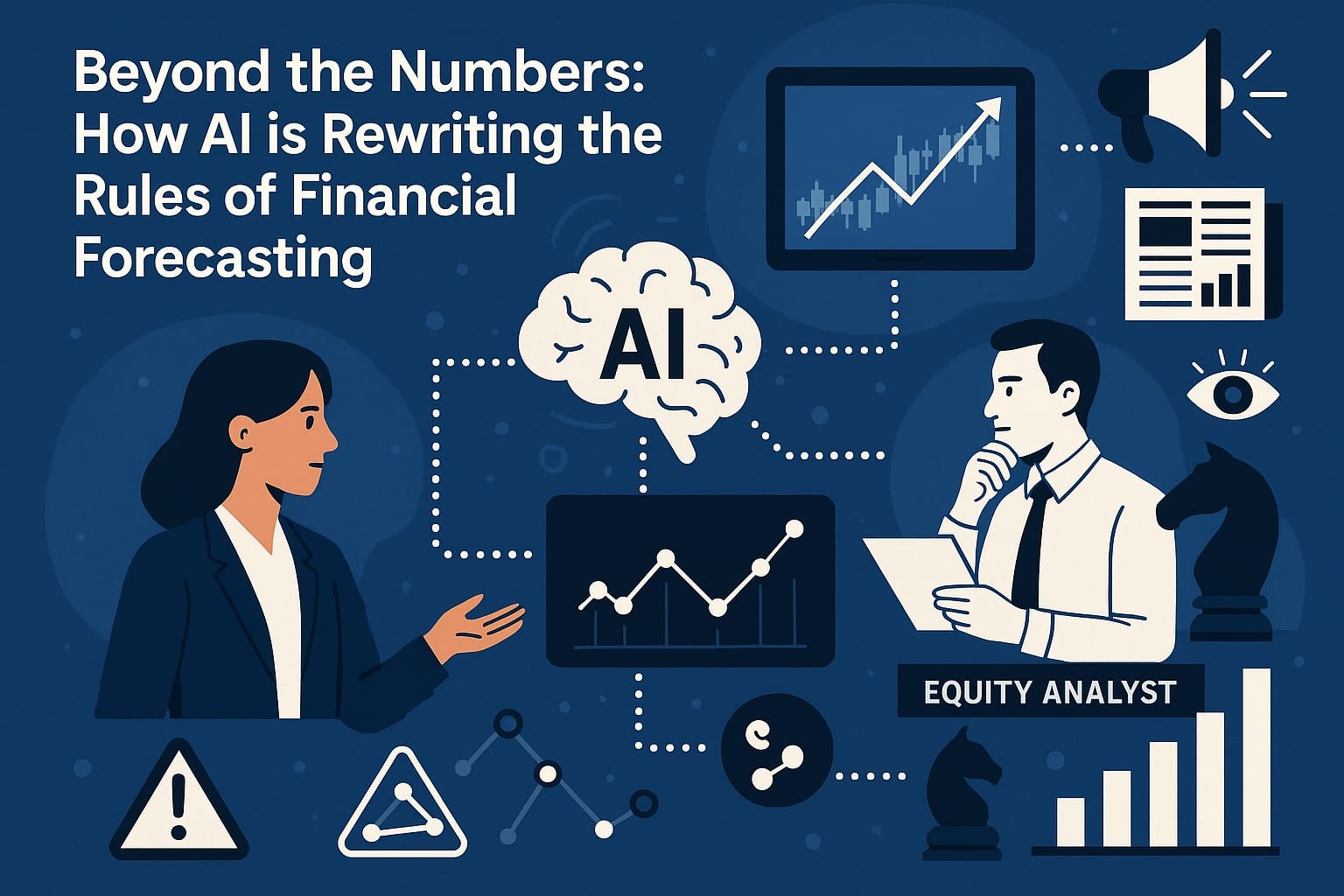AI, dark pools and crypto
The Role of AI in Dark Pools and the Future of Dark Pools Amid the Rise of Crypto
Introduction
Dark pools have long been a crucial part of institutional trading, allowing large market participants to execute massive trades without causing major price disruptions. These private trading venues, often operated by investment banks, hedge funds, and financial institutions, handle trillions of dollars in stock trades annually.
However, as artificial intelligence (AI) becomes more advanced, it is playing an increasingly significant role in the functioning of dark pools. At the same time, the rise of cryptocurrencies and decentralized finance (DeFi) is challenging traditional dark pool operations.
This article explores how AI is transforming dark pools, the benefits and risks of AI-driven trading, and the potential future of dark pools in an evolving financial landscape where crypto and decentralized exchanges (DEXs) are gaining traction.
1. What Are Dark Pools?
Dark pools are private, off-exchange trading venues that allow institutional investors to buy and sell large blocks of securities without publicly disclosing their trades before execution. Unlike public stock exchanges like the NYSE or Nasdaq, where orders are visible in the order book, dark pools allow trades to be executed anonymously.
Why Do Dark Pools Exist?
Dark pools were created to address a key issue in stock markets: large institutional trades cause significant market impact when placed on public exchanges. If an institutional investor like BlackRock or Vanguard wants to sell $1 billion worth of Apple stock, placing that order on a public exchange would likely trigger price fluctuations, causing them to get a worse price.
By using dark pools, these institutions can:
- Execute trades with minimal market impact.
- Reduce price slippage (the difference between the expected price and the executed price).
- Maintain anonymity and avoid signaling their trading intentions.
Types of Dark Pools
- Broker-Dealer-Owned Dark Pools – Operated by investment banks (e.g., Goldman Sachs’ Sigma X, JPMorgan’s JPB-X).
- Exchange-Owned Dark Pools – Operated by public exchanges (e.g., Liquidnet, NYSE Euronext’s SmartPool).
- Independent Dark Pools – Run by financial technology firms (e.g., ITG POSIT, Instinet).
2. The Role of AI in Dark Pools
With the rise of algorithmic trading, AI is now a dominant force in dark pool trading. AI-driven strategies help institutions optimize trade execution, manage risk, and detect hidden market patterns.
2.1. AI-Powered Algorithmic Trading
Dark pools are heavily reliant on algorithmic trading, where AI models execute trades based on real-time market data. Some key AI applications in dark pools include:
🔹 Order Execution Optimization – AI models predict the best times and venues to execute large trades, minimizing costs and slippage.
🔹 Smart Order Routing (SOR) – AI dynamically selects the most advantageous dark pools or public exchanges for order execution.
🔹 Price Prediction Models – AI-driven machine learning models analyze order book data, volatility, and sentiment to estimate stock price movements.
Example:
JPMorgan uses AI-driven trading strategies to analyze thousands of market signals, helping institutional investors execute large trades without significantly affecting the market price.
2.2. AI in Liquidity Discovery
One of the biggest challenges in dark pools is finding counterparties for large trades. AI models are now being used to:
✅ Analyze fragmented liquidity across multiple dark pools.
✅ Identify hidden trading patterns to match buy and sell orders efficiently.
✅ Forecast market depth and order book dynamics to enhance execution quality.
Example:
Goldman Sachs’ Sigma X uses AI-powered algorithms to improve liquidity matching, ensuring optimal trade execution.
2.3. AI for Market Surveillance and Fraud Detection
Because dark pools operate in a less transparent environment, they are prone to manipulative practices like front-running (where a trader takes advantage of pre-execution knowledge) or quote stuffing (placing a flood of fake orders to manipulate price movements).
AI-driven surveillance tools help:
✔ Detect irregular trading patterns.
✔ Identify potential manipulation or illegal trading activity.
✔ Monitor order flow to ensure compliance with regulations.
Example:
The SEC and FINRA use AI-based surveillance tools to track dark pool activity and detect suspicious trading behavior.
2.4. High-Frequency Trading (HFT) and AI in Dark Pools
Many dark pools are dominated by high-frequency trading (HFT) firms that use AI algorithms to execute trades in milliseconds. These firms leverage AI for:
🔹 Arbitrage trading – Exploiting tiny price discrepancies between different dark pools.
🔹 Latency-sensitive strategies – Making split-second trading decisions based on microsecond market movements.
🔹 AI-driven sentiment analysis – Analyzing news and social media for trading signals.
Example:
Firms like Citadel Securities and Virtu Financial use AI-powered HFT strategies to profit from dark pool inefficiencies.
3. The Future of Dark Pools in the Age of Crypto and DeFi
While AI is making dark pools more efficient, the rise of cryptocurrencies and decentralized finance (DeFi) is introducing new challenges and opportunities.
3.1. The Rise of Crypto and Decentralized Dark Pools
In traditional finance, dark pools are centralized and controlled by institutions. However, the emergence of Decentralized Exchanges (DEXs) and blockchain-based dark pools is changing the game.
🔹 Decentralized Dark Pools (DDPs) – These operate on smart contracts, allowing traders to execute large transactions without intermediaries.
🔹 Privacy-Preserving Protocols – Cryptographic technologies like zk-SNARKs enable anonymous trading without revealing trade details.
🔹 On-Chain Liquidity Aggregation – AI-driven decentralized platforms optimize liquidity sourcing across various blockchain networks.
Example:
Projects like Ox (0x), Uniswap’s private liquidity pools, and DarkFi are pioneering decentralized dark pools in crypto markets.
3.2. AI-Driven Smart Contracts and Automated Market Makers (AMMs)
AI is being integrated into automated market makers (AMMs), allowing decentralized dark pools to:
✅ Predict liquidity demand and adjust pricing models.
✅ Reduce slippage and execution costs through AI-powered risk assessment.
✅ Ensure fairness by mitigating market manipulation risks.
3.3. Institutional Adoption of Crypto Dark Pools
As traditional finance integrates with crypto, institutions are exploring AI-powered crypto dark pools for trading large volumes of Bitcoin, Ethereum, and other assets without moving market prices.
Example:
Fidelity and JPMorgan have explored institutional-grade crypto dark pools, allowing large-scale Bitcoin transactions for hedge funds and asset managers.
4. Challenges and Ethical Considerations
Despite the benefits, AI-driven dark pools and decentralized trading platforms face challenges, including:
⚠ Regulatory Scrutiny – Governments are tightening regulations on dark pools to ensure transparency and fairness.
⚠ Market Fragmentation – AI-driven dark pools create liquidity fragmentation, making price discovery harder.
⚠ Cybersecurity Risks – AI-powered systems are vulnerable to algorithmic manipulation and cyberattacks.
Conclusion – The Future of AI-Driven Dark Pools
The integration of AI into dark pools is transforming institutional trading by optimizing execution, improving liquidity, and detecting fraud. However, the rise of crypto and decentralized dark pools presents both opportunities and challenges for traditional financial institutions.
Key Takeaways
✅ AI will continue to enhance dark pool efficiency and liquidity discovery.
✅ Crypto-based decentralized dark pools could challenge traditional dark pool dominance.
✅ Regulatory and cybersecurity concerns must be addressed to ensure market integrity.
As AI and blockchain technologies advance, the future of dark pools will likely involve a hybrid model—where AI-powered institutional dark pools coexist with decentralized crypto dark pools, shaping the next evolution of financial markets. 🚀

Text with help of openAI’s ChatGPT Laguage Models & Fleeky – Images with help of Picsart & MIB
Thank you for questions, shares and comments!
Share your thoughts or questions in the comments below!





